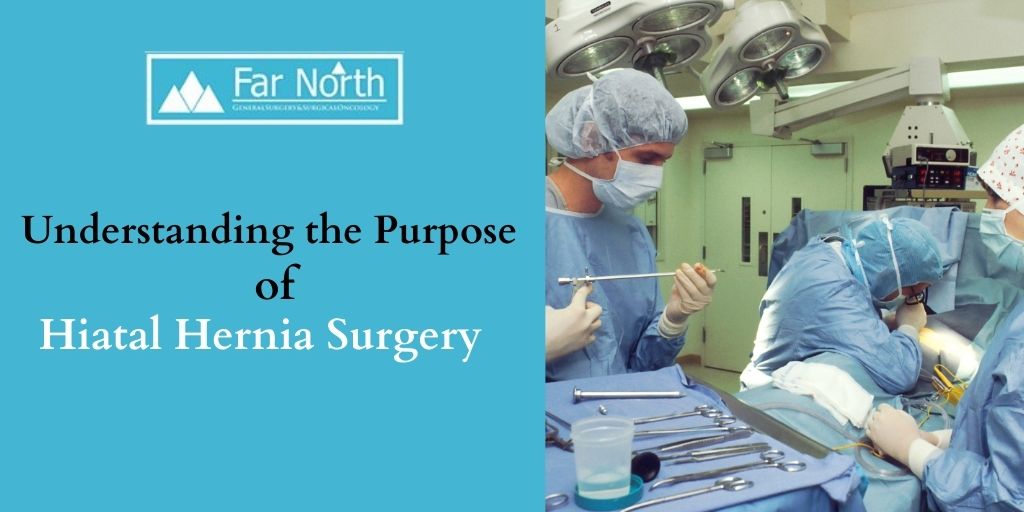


A hiatal hernia occurs when the upper part of the stomach bulges out and penetrates the chest cavity due to a tear or weakness in the diaphragm. Hiatal hernia surgery resolves this tear or weakness and strengthens the affected muscular walls. Generally, a hernia causes no symptoms. However, as the condition progresses, it can cause gastrointestinal reflux disease. This causes food and acid to go back up into your esophagus, thus necessitating surgery.
Read on to learn more about hernia surgery.
Diagnosis-Related to Hiatal Hernia Surgery
Hernia surgery can treat signs of GERD (gastroesophageal reflux disease) and hiatal hernia, including:
However, surgery is not the first option. Your doctor may recommend medications and lifestyle changes to treat the hernia. If they fail to work, surgery will be considered.
Hiatal hernia is diagnosed depending on its severity, ranging from grade one (the mildest type) to grade four (the most severe type):
Who Are Good Candidates for Hiatal Hernia Surgery?
Good candidates for hiatal hernia surgery are those who have:
Lab Tests
Your doctor may recommend these tests to diagnose a hiatal hernia and determine its severity.
Hiatal hernia surgery is a safe and effective procedure. Though there are complications, minimally-invasive techniques used today have reduced the risks associated with the surgery. The UK’s National Health Service reveals that 85% to 90% of patients are satisfied with this surgery. This procedure can effectively treat GERD and hernia symptoms, improving your health and wellness for a long period.
For more information on hiatal hernia surgery, contact us today.